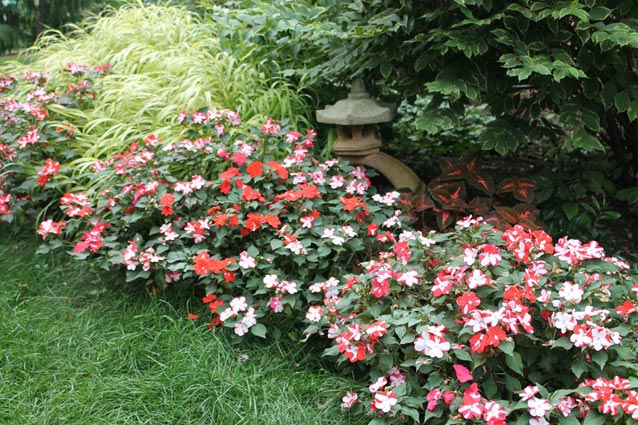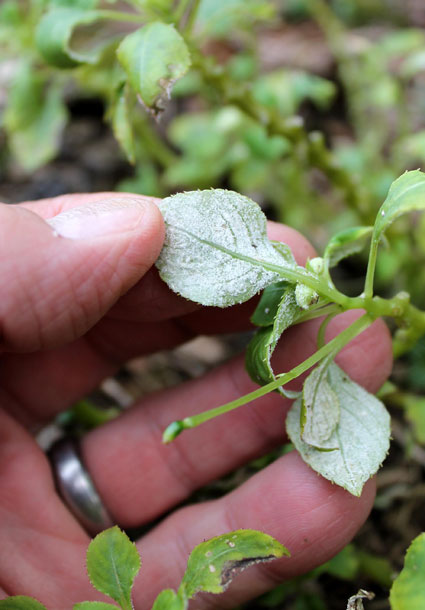How it Works: Preen Garden Weed Preventers
Here's how our Garden Weed Preventers prevent weeds before they even sprout rather than killing them after they’ve already had the chance to grow.

© George Weigel
Four summers ago, gardeners in at least 20 U.S. states watched their tried-and-true beds of impatiens mysteriously and suddenly die. The explanation turned out to be a virulent new disease called downy mildew that swooped in and killed our top-selling annual flower like a plague. But the worse news was that the disease sticks around in the soil, prompting plant pathologists to warn that most of us might have a hard time growing traditional impatiens (known botanically as Impatiens walleriana) from here on out.
Then a weird thing happened last summer. Many gardeners who insisted on planting old-fashioned impatiens anyway, despite the disease risk – including scores who experienced downy mildew first-hand – found that their impatiens performed reasonably well. So what gives? Is the mildew threat over? Did it peter out in the soil? And most importantly, does it mean we can go back to planting impatiens as in the good old days?
The short answer is, “No.” Like many diseases, impatiens downy mildew can fluctuate in intensity from year to year. One big factor is weather. The microscopic oospores (think of them as germs) that spread this disease via wind, water, and infected soil don’t do as well in hot, dry summers as they do when it’s cooler and wetter when they reproduce. The hot, dry weather that many of the mildew-prone states had from mid-summer on in 2015 probably helped keep a lid on infection. The back-to-back colder-than-usual winters that much of the Northeast and upper Midwest had in 2014 and 2015 also may have reduced overwintering oospore colonies there.

© George Weigel
But what may be having more of an impact than anything is that far, far fewer impatiens are in landscapes these days than prior to 2012. Fewer plants mean fewer opportunities for infected impatiens to pass mildew along to neighboring plants. Also slowing down infection is that growers are well aware of the disease and generally treat impatiens with fungicides to prevent the disease. That stops mildew in the greenhouse where the plants are raised, but once out in the open ground, impatiens become vulnerable without continued spraying.
This is why plant pathologists and growers are still not recommending the widespread planting of impatiens in home gardens. Given favorable weather and the presence of fast-spreading oospores, downy mildew could easily return with a vengeance any year.
The first sign of infection is a gray-white coating on the underside of the leaves, followed by yellowing and stunting of the leaves, then wilting and plant death.
Plants can go downhill in a matter of days, usually in late July to early August, just as they’re hitting prime. The prevailing advice is to go ahead and try a few impatiens if you like, but don’t be surprised if you get only a half-season out of them.
While downy mildew affects the popular bedding Impatiens walleriana, old-fashioned balsam impatiens (I. balsamina), and related native jewelweed (Impatiens capensis) it does not affect the larger – and more expensive – New Guinea impatiens. Those who garden in shade have switched to that type with success. Others have turned to newly introduced, disease-resistant hybrids of bedding and New Guinea impatiens called SunPatiens®, Bounce®, and Big Bounce®. These have performed well in most gardens and look a bit more like traditional bedding impatiens than the more pointed-leafed New Guinea types. However, they’re significantly more expensive than the previously cheap 4- and 6-packs of bedding impatiens.

© George Weigel